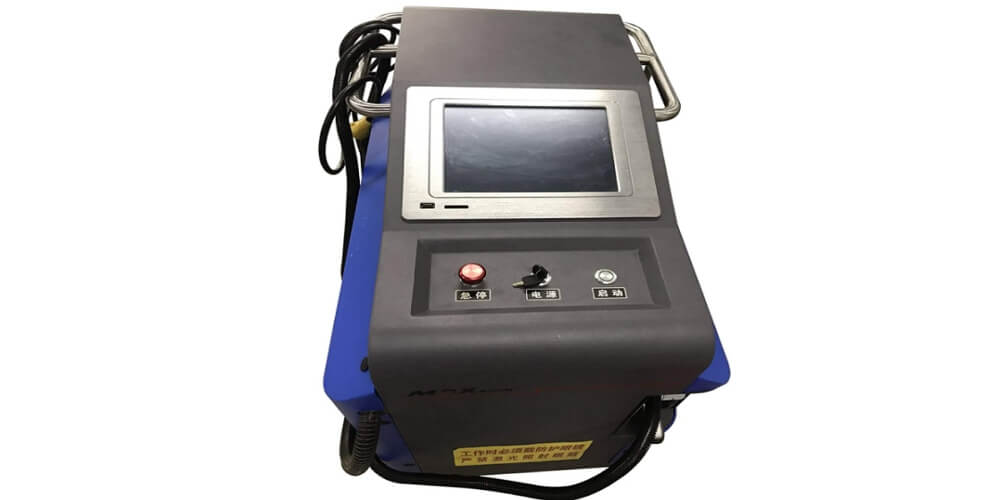Laser cleaning has gained popularity among industries. The reason being its eco-friendly, efficient and can be used in several applications. Basically, most laser cleaning processes are usually based on laser radiation. However, wavelengths, laser output power, and pulse parameters can sometimes differ substantially, but the principle is similar.
Unlike the traditional methods that are usually perceived to be tedious, laser cleaning deals with such problems efficiently. It’s cost-effective and greatly reduces the cleaning times as well as maintenance. You can find the right laser cleaner for sale at an affordable price.
Now, as much as you’re aware of how significant laser cleaning is, how well do you know how the process works?
Laser Cleaning Process
The laser cleaning process works by merely sending several nanosecond-length pulses of light (laser) towards the intended surface to be cleaned. Upon interacting with the contaminants, they absorb the laser light and then turn into gas, or the interaction pressure causes particles to get off the surface.
All it requires is the correct laser equipment and settings, and everything will be set in motion with the unmatched ability of cleaning.
The Ablation Threshold
The fact is that all materials feature an ablation Threshold. Laser ablation comes about when the material layer is removed with the laser beam. In fact, it’s the process behind every laser cleaning application.
For instance, when removing rust on steel, the beam hits the surface, and the molecular bonds in the rust layer get broken and then ejected. Ideally, the layer being removed is merely vaporized by the targeted laser beam.
The process is ideally like throwing a ball over the wall, whereby if you can’t throw the ball high enough, it may never get over the wall to the other side. You can throw several, but if not high enough, it will forever never get over the wall. Therefore, if you can’t shoot the laser with more energy (should be above the ablation threshold of your target material), nothing can be removed.
Removing Dirt in s Selective Way
Each material has its ablation threshold, meaning laser cleaning can sometimes discriminate between materials when removing undesired layers from a surface. With a large ablation threshold difference between materials, it’s easier to select the given material to remove (which is the one with a lower ablation threshold) and leave the other untouched.
For instance, the rust ablation threshold is lower than that for common metals such as aluminum and steel. Therefore, the gap between the two values allows coatings and contaminants to be vaporized with the risk of damaging base material underneath.
Removing Dirt Faster
A strong and short power burst is equally similar to faster removal. Laser cleaning can remove any dirt layer with two different methods; either laser beam being a continual wave of light or being pulsed at a certain repetition rate.
Putting the same energy in a short pulse raises power. A pulsed laser beam is usually more efficient with faster removal speed than the continuous beam.
Laser cleaning is also consumable-free as well as environmental-friendly. It’s used in various industrial applications such as welding pre-treatments, depainting parts, and coating removal.
